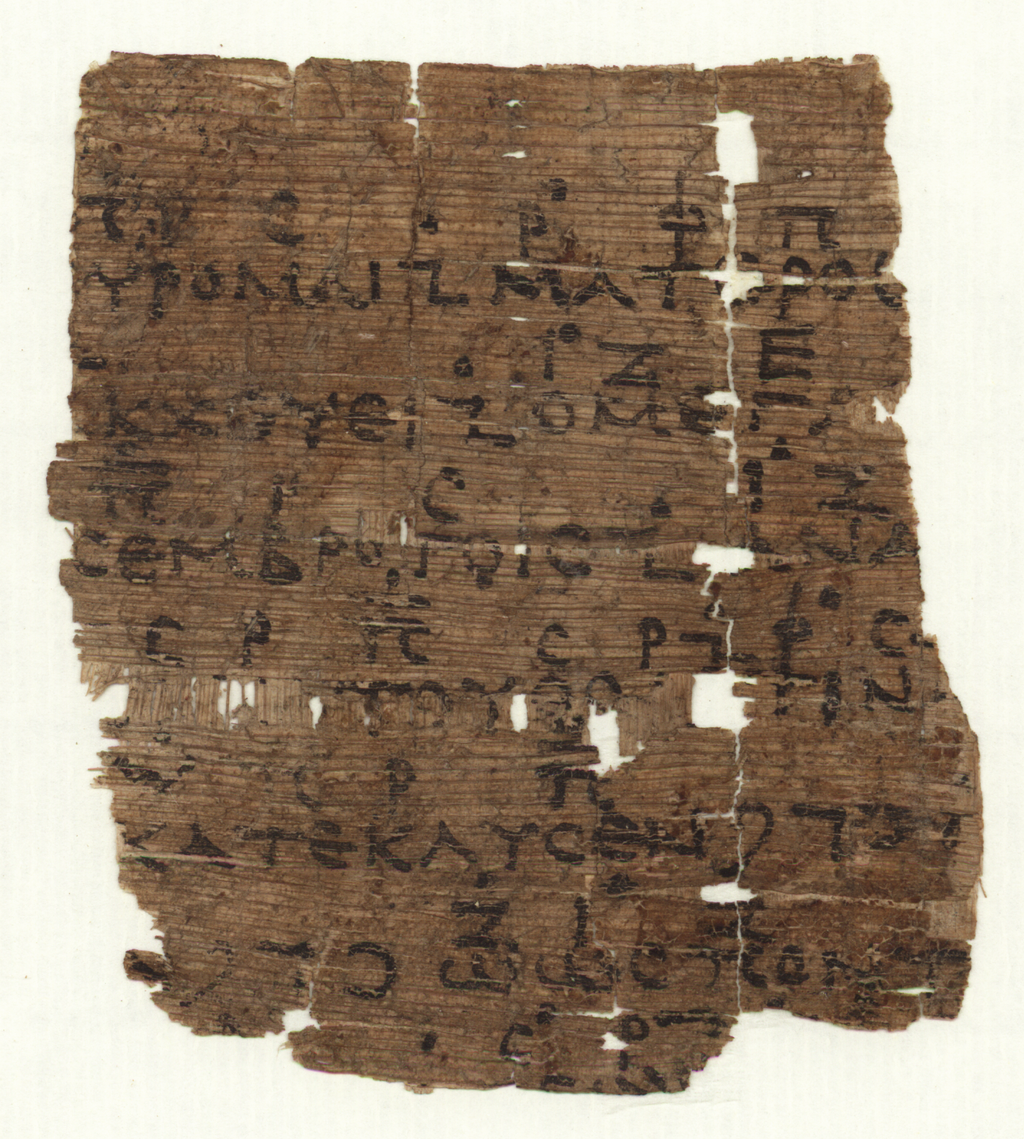stasimon on:
[Wikipedia]
[Google]
[Amazon]
 A Stasimon () in Greek tragedy is a stationary song composed of
A Stasimon () in Greek tragedy is a stationary song composed of
 A Stasimon () in Greek tragedy is a stationary song composed of
A Stasimon () in Greek tragedy is a stationary song composed of strophe
A strophe () is a poetic term originally referring to the first part of the ode in Ancient Greek tragedy, followed by the antistrophe and epode. The term has been extended to also mean a structural division of a poem containing stanzas of var ...
s and antistrophe
Antistrophe (, "a turning back") is the portion of an ode sung by the chorus in its returning movement from west to east in response to the strophe, which was sung from east to west.
Characteristics
Usage as a literary device
It has the n ...
s that is performed by the chorus
Chorus may refer to:
Music
* Chorus (song), the part of a song that is repeated several times, usually after each verse
* Chorus effect, the perception of similar sounds from multiple sources as a single, richer sound
* Chorus form, song in whic ...
in the orchestra
An orchestra (; ) is a large instrumental ensemble typical of classical music, which combines instruments from different families. There are typically four main sections of instruments:
* String instruments, such as the violin, viola, cello, ...
(, "place where the chorus dances").
Aristotle
Aristotle (; 384–322 BC) was an Ancient Greek philosophy, Ancient Greek philosopher and polymath. His writings cover a broad range of subjects spanning the natural sciences, philosophy, linguistics, economics, politics, psychology, a ...
states in the ''Poetics
Poetics is the study or theory of poetry, specifically the study or theory of device, structure, form, type, and effect with regards to poetry, though usage of the term can also refer to literature broadly. Poetics is distinguished from hermeneu ...
'' (1452b23) that each choral song (or ''melos'') of a tragedy is divided into two parts: the '' parodos'' () and the ''stasimon''. He defines the latter as "a choral song without anapaest
An anapaest (; also spelled anapæst or anapest, also called antidactylus) is a metrical foot used in formal poetry. In classical quantitative meters it consists of two short syllables followed by a long one; in accentual stress meters it consi ...
s or trochaic
In poetic metre, a trochee ( ) is a metrical foot consisting of a stressed syllable followed by an unstressed one, in qualitative meter, as found in English, and in modern linguistics; or in quantitative meter, as found in Latin and Ancien ...
s". This comment about the absence of anapest and trochee has been interpreted to mean that the music was not based on the usual “walking” meters, since the chorus sings the stasimon while remaining in the orchestra. After making its entrance singing the parodos, it does not usually leave the orchestra until the end of the play.
The ''Suda
The ''Suda'' or ''Souda'' (; ; ) is a large 10th-century Byzantine Empire, Byzantine encyclopedia of the History of the Mediterranean region, ancient Mediterranean world, formerly attributed to an author called Soudas () or Souidas (). It is an ...
'', an 11th-century Byzantine encyclopedia, attributes the establishment of the choral singing of a stasimon to the celebrated kitharode
A kitharode ( Latinized citharode)
( and ; ) or citharist,
was a classical Greek professional performer (singer) of the cithara, as one who used the cithara to accompany their singing. Famous citharodes included Terpander, Sappho, and Arion.
...
Arion of Hermione. Thomas J. Mathiesen, ''Apollo's Lyre: Greek Music and Music Theory in Antiquity and the Middle Ages'', Publications of the Center for the History of Music Theory and Literature 2 (Lincoln: University of Nebraska Press, 1999): 74.
References
{{reflist Ancient Greek songs Doric Greek Ancient Greek theatre fr:Tragédie grecque#Structure et langue